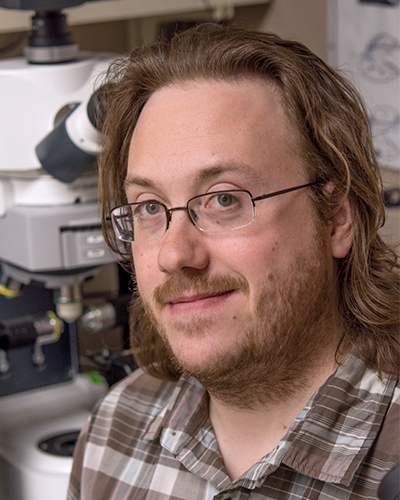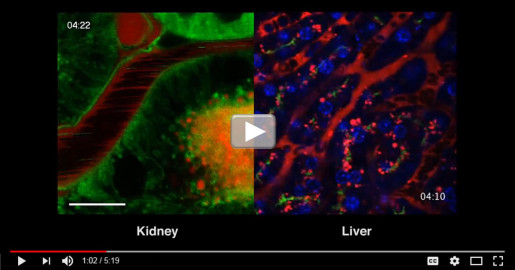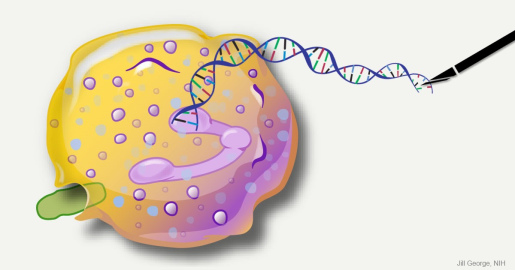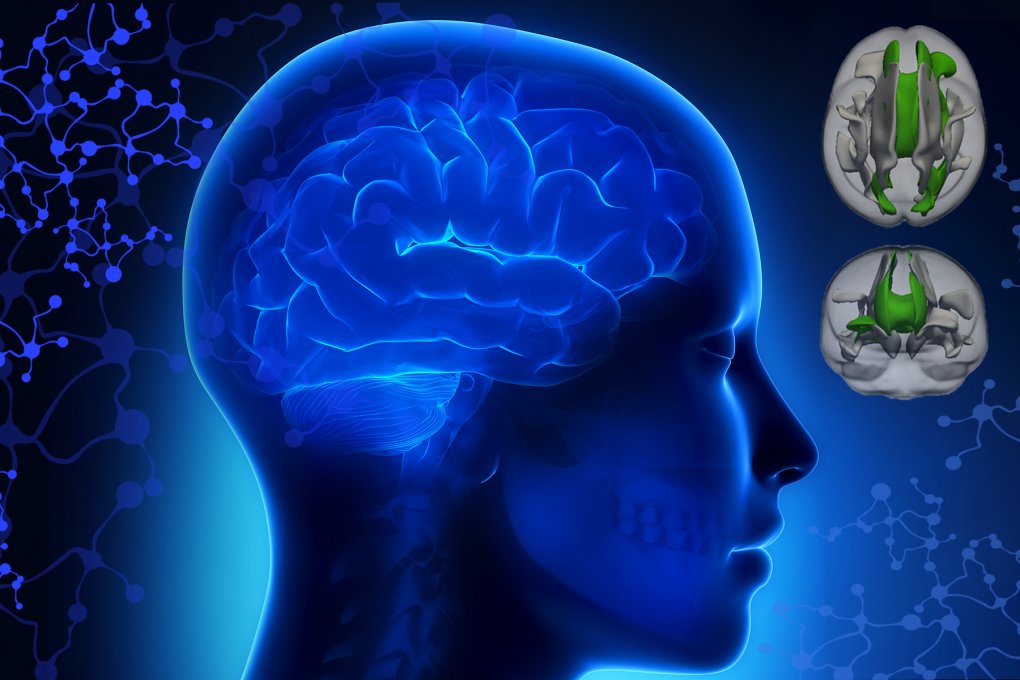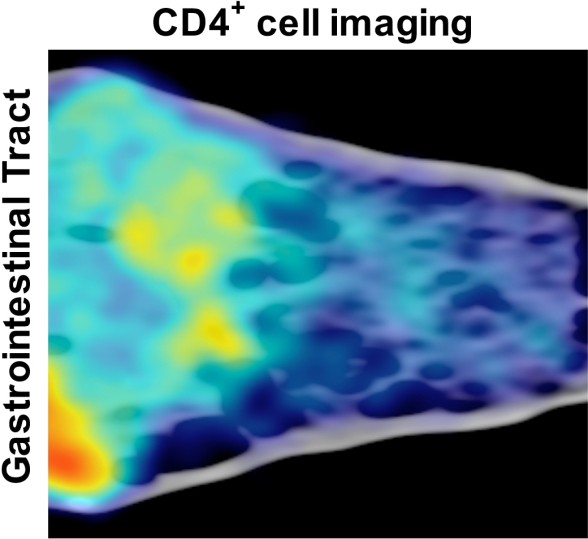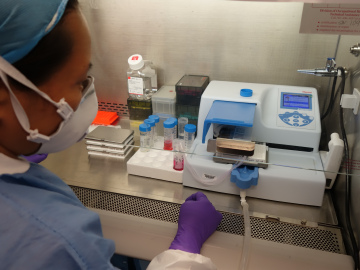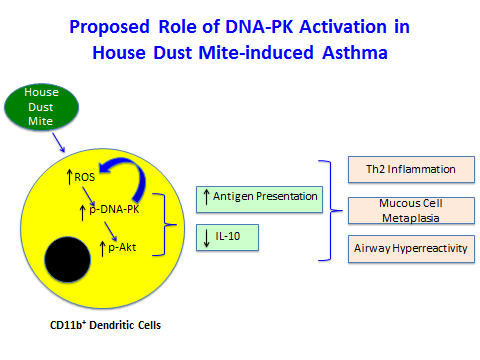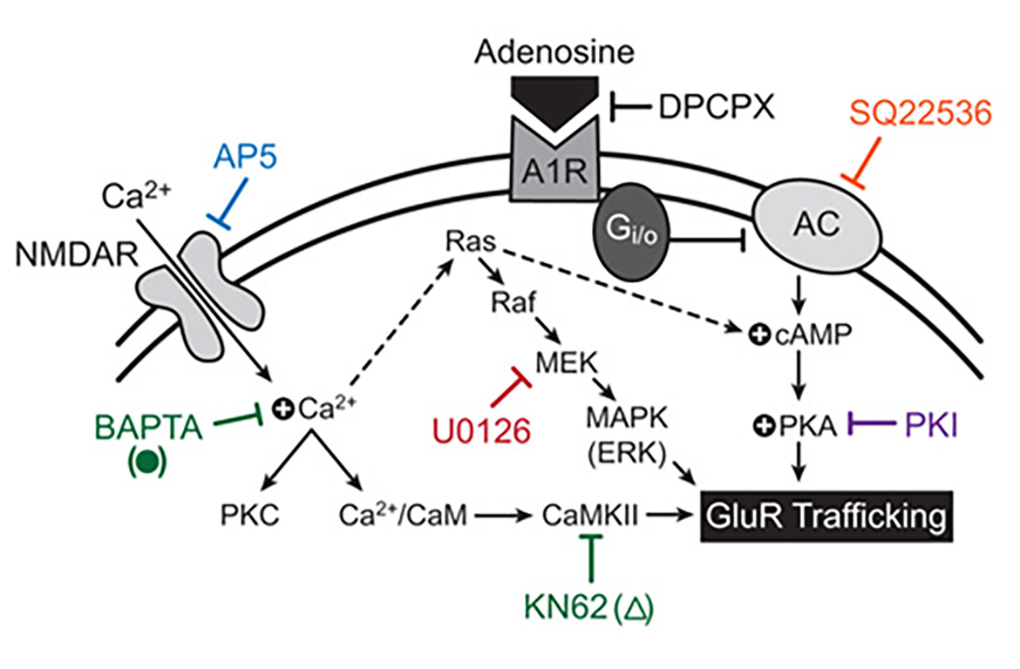Little Fish in a Big Pond Reveal New Answers to Old Questions
Studying the neural control of behavior is a challenge. Researchers must consider an animal’s environment, past experiences, and motivations. Work in relatively simple organisms, for example the invertebrate C. elegans, has teased apart the neural circuitry of highly stereotyped behaviors, like foraging. But in mammals, very little is known, “and that’s surprising given just how important behaviors like this are,” said Dr. Eric Horstick, who studies the molecular mechanisms underlying animal behavior.

